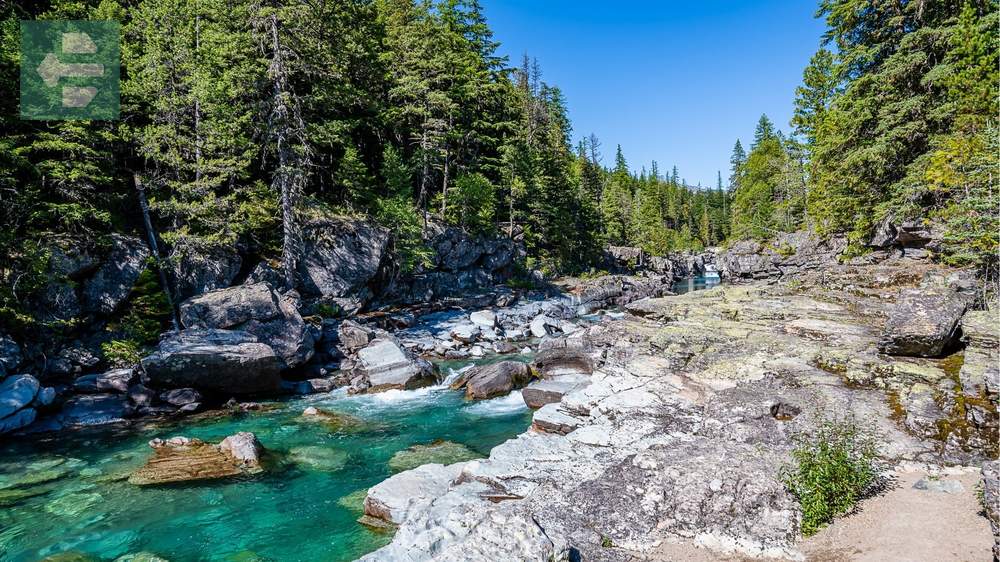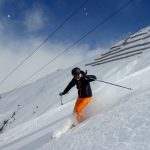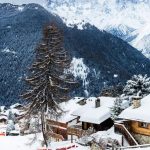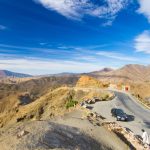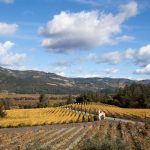The best places to go camping offer more than just a place to pitch your tent—they provide experiences that stay with you long after you pack up. Yosemite's granite cliffs, Yellowstone's geysers, Grand Canyon's vast silence, and Banff's turquoise lakes each tell their own story.
Keep reading as we explore twelve extraordinary camping destinations that will transform how you see the wilderness and create memories worth every mile traveled.
List of Contents
- 1. Yosemite National Park: Where Giants Touch Sky
- 2. Yellowstone National Park: America's Wild Heart
- 3. Grand Canyon National Park: Silence Made Visible
- 4. Olympic National Park: Three Parks in One
- 5. Big Bend National Park: Desert's Raw Beauty
- 6. Glacier National Park: Crown of the Continent
- 7. Arches National Park: Stone Sculptures
- 8. Joshua Tree National Park: Desert Dreamscape
- 9. Great Smoky Mountains National Park: Appalachian Heritage
- 10. Mount Cook National Park: Alpine Paradise
- 11. Banff National Park: Canadian Rockies Perfection
- 12. Torres del Paine National Park: Patagonian Dreams
1. Yosemite National Park: Where Giants Touch Sky
Yosemite's granite monoliths rise like ancient cathedrals, with El Capitan and Half Dome commanding respect from every angle. The valley floor spreads below, dotted with meadows that explode in wildflowers each spring.
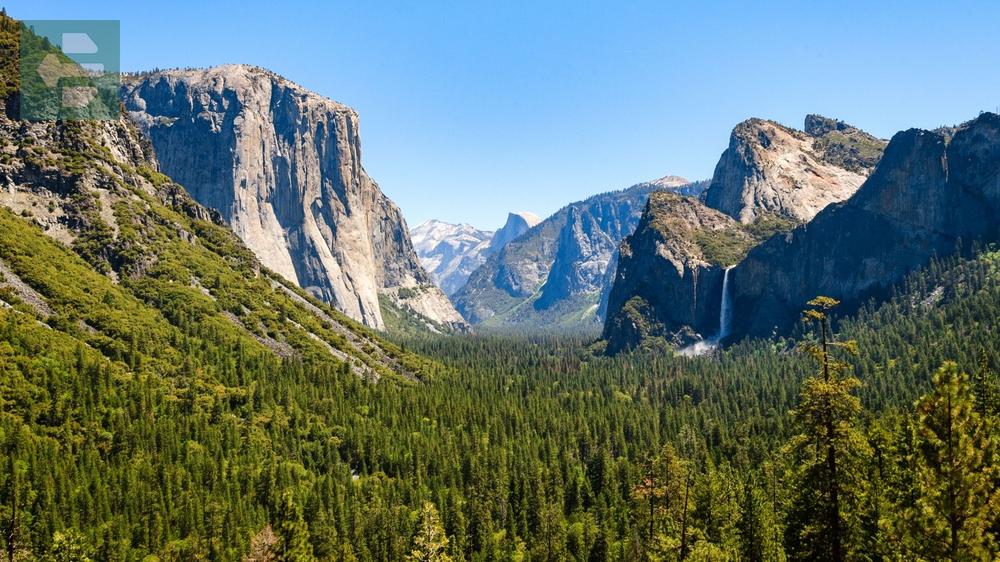
I still remember my first morning at Glacier Point—watching the sun paint Half Dome gold while mist rose from the valley. That moment taught me why Ansel Adams spent his life capturing this place.
Camp at Tuolumne Meadows for high country solitude, or stay in the valley for easy access to iconic trails. Book reservations exactly five months in advance at 7 AM Pacific—they disappear within minutes.
Quick Facts:
- Peak Season: May-September
- How to Get There: Fly to Fresno or San Francisco, drive 3-4 hours
- Entrance Fee: From $35 per vehicle
- Suggested Stay: 4-7 days
- Key Areas: Yosemite Valley, Tuolumne Meadows, Glacier Point, Mariposa Grove
2. Yellowstone National Park: America's Wild Heart
Yellowstone holds more than half the world's geothermal features across 2.2 million acres of pristine wilderness. Old Faithful erupts every 90 minutes, but it's the lesser-known features that steal your breath.
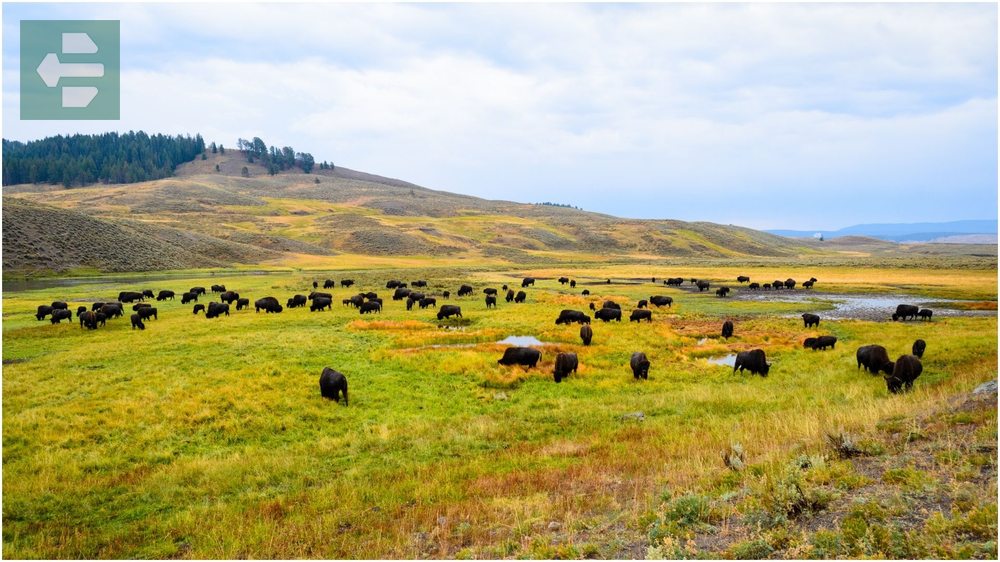
The park's camping spots fill by dawn during summer. Arrive at campgrounds by 8 AM or risk disappointment. Rangers recommend staying at least a week—this place reveals its secrets slowly.
Wildlife encounters happen daily here. Bison jam traffic, wolves hunt in Lamar Valley, and grizzlies fish for cutthroat trout. Keep your camera ready and your distance respectful.
Quick Facts:
- Peak Season: June-August
- How to Get There: Fly to Jackson Hole or Bozeman, drive 1-2 hours
- Entrance Fee: From $35 per vehicle
- Suggested Stay: 5-8 days
- Key Areas: Old Faithful, Grand Prismatic, Lamar Valley, Grand Canyon of Yellowstone
3. Grand Canyon National Park: Silence Made Visible
The Grand Canyon defies description until you stand at its edge. One mile deep, ten miles wide, and carved over six million years—the numbers mean nothing until you experience the scale firsthand.

South Rim stays open year-round, but North Rim offers solitude and cooler temperatures. Desert View Campground provides the perfect balance of access and tranquility, especially during shoulder seasons.
Have you ever witnessed complete silence? At sunrise on the rim, before the crowds arrive, you'll hear your own heartbeat echo across geological time.
Quick Facts:
- Peak Season: March-October (South Rim), May-October (North Rim)
- How to Get There: Fly to Phoenix or Las Vegas, drive 3-4 hours
- Entrance Fee: From $35 per vehicle
- Suggested Stay: 3-5 days
- Key Areas: South Rim, North Rim, Desert View, Hermit's Rest
4. Olympic National Park: Three Parks in One
Olympic spans rainforest, rugged coastline, and alpine peaks—offering more diversity per square mile than anywhere else in America. Hurricane Ridge provides mountain vistas, while the Hoh Rainforest whispers ancient secrets.
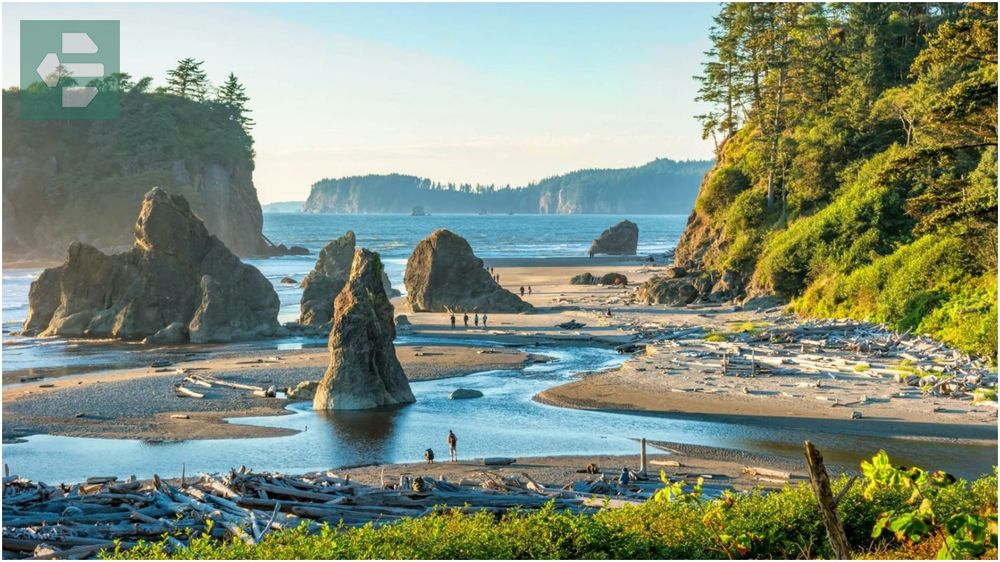
The coastline camping at Kalaloch offers something magical: falling asleep to Pacific waves and waking to tide pools teeming with life. Time your visit with low tide to explore the natural aquariums.
Each ecosystem requires different gear. Pack layers for sudden weather changes and waterproof everything for the rainforest sections.
Quick Facts:
- Peak Season: July-September
- How to Get There: Fly to Seattle, drive 2-3 hours plus ferry
- Entrance Fee: From $30 per vehicle
- Suggested Stay: 4-6 days
- Key Areas: Hurricane Ridge, Hoh Rainforest, Kalaloch Beach, Sol Duc
5. Big Bend National Park: Desert's Raw Beauty
Big Bend sits where Texas meets Mexico along the Rio Grande, creating landscapes that feel more like Mars than Earth. The Chisos Mountains rise from desert floor like islands in a sandy sea.

Spring brings desert blooms that transform the harsh landscape into a living canvas. Camping at Chisos Basin puts you in the heart of mountain country, while Rio Grande Village offers riverside solitude.
The night sky here earned international dark sky certification. Bring a telescope or simply lie back—the Milky Way stretches horizon to horizon with zero light pollution.
Quick Facts:
- Peak Season: October-April
- How to Get There: Fly to San Antonio or El Paso, drive 4-5 hours
- Entrance Fee: From $30 per vehicle
- Suggested Stay: 3-5 days
- Key Areas: Chisos Basin, Rio Grande Village, Santa Elena Canyon, Ross Maxwell Scenic Drive
6. Glacier National Park: Crown of the Continent
Glacier preserves pristine wilderness along the Continental Divide, where 26 glaciers cling to mountain peaks. Going-to-the-Sun Road ranks among America's most spectacular drives—when it's open.

I once camped at Many Glacier and woke to a grizzly family fishing just yards from my tent. The mother looked up, assessed the situation, and continued teaching her cubs. Respect and distance kept everyone safe.
Book campsites the moment reservations open in January. Fish Creek and St. Mary fill fastest, but Bowman Lake offers backcountry solitude without the permit hassle.
Quick Facts:
- Peak Season: July-September
- How to Get There: Fly to Kalispell, drive 30 minutes to 2 hours
- Entrance Fee: From $35 per vehicle
- Suggested Stay: 4-7 days
- Key Areas: Many Glacier, Apgar, Fish Creek, St. Mary, Bowman Lake
7. Arches National Park: Stone Sculptures
Arches contains over 2,000 natural stone arches carved by wind and water over millions of years. Delicate Arch stands as Utah's most photographed landmark, but lesser-known formations offer equal beauty without crowds.
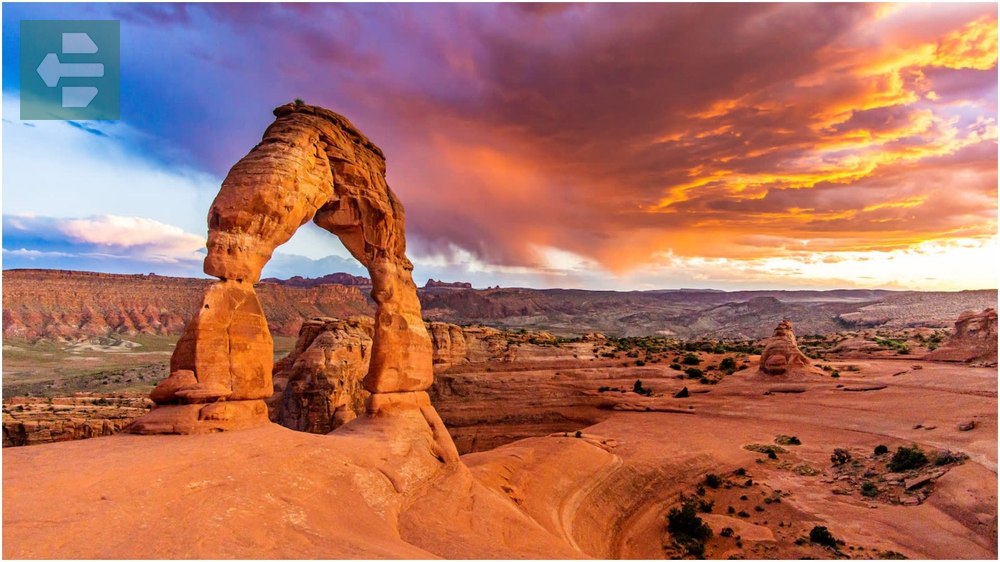
Camp at Fiery Furnace Campground for sunrise light shows that paint red rock formations in impossible colors. The desert comes alive at dawn and dusk—midday heat makes exploration challenging.
Chasing sunset at Courthouse Towers taught me patience. The light changes every minute, creating new compositions with each shift. Bring extra water and start early.
Quick Facts:
- Peak Season: April-May, September-October
- How to Get There: Fly to Salt Lake City, drive 4 hours
- Entrance Fee: From $30 per vehicle
- Suggested Stay: 2-4 days
- Key Areas: Delicate Arch, Fiery Furnace, Windows Section, Courthouse Towers
8. Joshua Tree National Park: Desert Dreamscape
Joshua Tree merges two distinct desert ecosystems where Mojave meets Sonoran. The park's namesake trees create an otherworldly landscape that attracts rock climbers, stargazers, and soul searchers alike.

Hidden Valley Campground sits among massive boulder formations that provide natural windbreaks and climbing routes. The desert silence here runs so deep you can hear your thoughts echo.
Rock climbing culture thrives here. Even if you don't climb, watching experts navigate these granite faces provides entertainment. The climbing community shares beta freely—desert hospitality at its finest.
Quick Facts:
- Peak Season: October-April
- How to Get There: Fly to Los Angeles or San Diego, drive 2-3 hours
- Entrance Fee: From $30 per vehicle
- Suggested Stay: 2-4 days
- Key Areas: Hidden Valley, Jumbo Rocks, Cholla Cactus Garden, Keys View
9. Great Smoky Mountains National Park: Appalachian Heritage
The Smokies roll endlessly toward every horizon, earning their name from morning mist that clings to ancient peaks. This park preserves both wilderness and mountain culture spanning centuries.

Elkmont Campground offers easy access to waterfalls and historic cabins, while Cosby provides backcountry solitude on the Tennessee side. Black bears frequent all areas—proper food storage isn't optional.
Cataract Falls became my favorite swimming hole after a local showed me the hidden trail. The water stays cold year-round, perfect for cooling off after humid summer hikes.
Quick Facts:
- Peak Season: April-October
- How to Get There: Fly to Knoxville or Asheville, drive 1-2 hours
- Entrance Fee: Free
- Suggested Stay: 3-5 days
- Key Areas: Elkmont, Cosby, Cades Cove, Cataract Falls, Chimney Tops
10. Mount Cook National Park: Alpine Paradise
New Zealand's highest peak dominates a landscape of glacial lakes, braided rivers, and golden tussock grasslands. The Southern Alps create a playground where mountains meet sky in dramatic fashion.

White Horse Hill Campground provides front-row seats to the Hooker Valley Track and Mount Cook's towering presence. The hiking here ranges from gentle lake walks to serious mountaineering routes.
The night sky earned gold-level dark sky status. Without Northern Hemisphere light pollution, the Southern Cross and Magellanic Clouds shine with prehistoric clarity.
Quick Facts:
- Peak Season: October-April
- How to Get There: Fly to Christchurch, drive 4 hours
- Entrance Fee: Free
- Suggested Stay: 3-5 days
- Key Areas: Mount Cook Village, Hooker Valley, Tasman Glacier, Lake Pukaki
11. Banff National Park: Canadian Rockies Perfection
Banff showcases the Canadian Rockies at their most photogenic, with turquoise lakes reflecting snow-capped peaks. Lake Louise and Moraine Lake draw crowds, but backcountry camping reveals the park's true character.

Tunnel Mountain Campground keeps you close to Banff townsite, while Two Jack Lake offers lakeside sites with mountain views. The shoulder seasons provide the best balance of weather and solitude.
I learned to appreciate mountain weather's fickleness here. Four seasons in one day isn't unusual—pack accordingly and embrace the changing conditions as part of the adventure.
Quick Facts:
- Peak Season: June-September
- How to Get There: Fly to Calgary, drive 1.5 hours
- Entrance Fee: From CAD $20 per vehicle
- Suggested Stay: 4-7 days
- Key Areas: Lake Louise, Moraine Lake, Johnston Canyon, Bow Valley Parkway
12. Torres del Paine National Park: Patagonian Dreams
Torres del Paine preserves pristine Patagonian wilderness where granite towers pierce endless sky. The park's landscapes shift from turquoise lakes to windswept pampas, creating visual poetry at every turn.
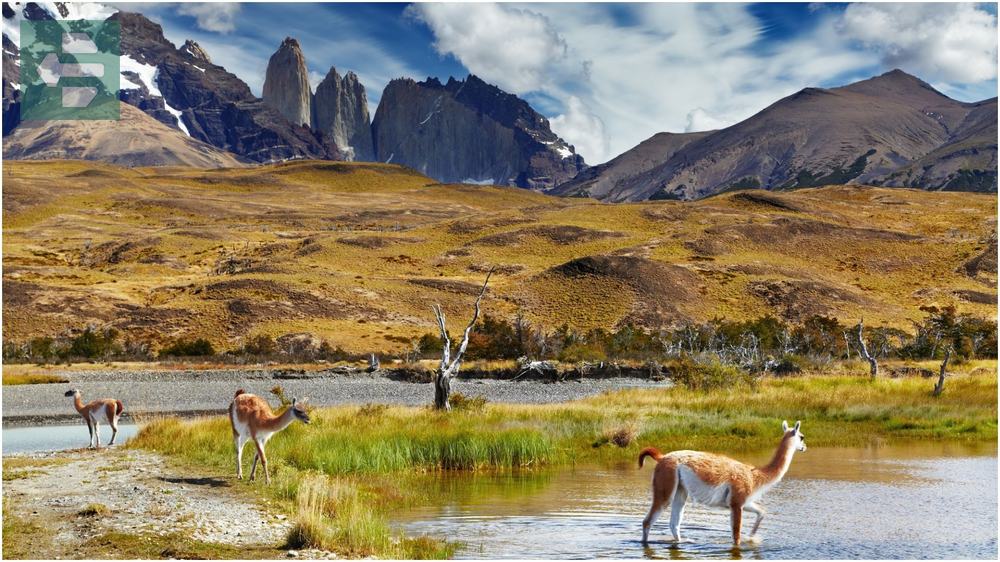
Las Torres Base Trek rewards hikers with close-up views of the park's iconic granite spires. The weather changes hourly—Patagonian winds can knock you sideways, then calm to perfect stillness within minutes.
Camping here taught me to respect nature's power. The wind doesn't negotiate, the weather doesn't compromise, and the mountains demand humility from every visitor.
Quick Facts:
- Peak Season: December-March
- How to Get There: Fly to Santiago, connect to Punta Arenas, drive 3 hours
- Entrance Fee: From $32 USD
- Suggested Stay: 5-8 days
- Key Areas: Las Torres Base, Cuernos del Paine, Grey Glacier, Lago Nordenskjöld
These best places to go camping offer more than scenic backdrops—they provide transformative experiences that reshape how you see the world. Each destination demands different skills, rewards different spirits, and creates different memories.
Pack your gear with intention. Research with purpose. Travel with respect.
The wilderness waits for no one, but it welcomes everyone willing to meet it on its own terms. Your next great adventure starts with the decision to go.
